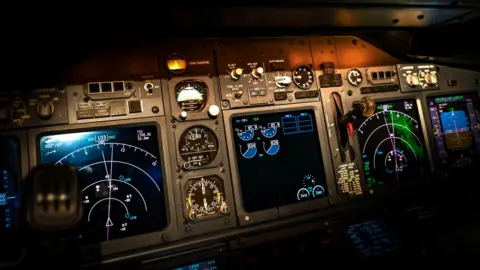The crash of Air India Flight 171 in June, which resulted in 260 fatalities, has left investigators and the public with more questions than closure after the release of a preliminary report. This 15-page report revealed that shortly after take-off, both fuel-control switches on a Boeing 787 were inexplicably set to “cut-off,” leading to a loss of power in an event typically reserved for landing scenarios. The cockpit voice recorder captured one pilot questioning the action, claiming he hadn't done it, with ambiguity surrounding who was at fault.
Eyewitness reports and the preliminary findings revealed that the plane was airborne for less than a minute before crashing into a populated area of Ahmedabad. Amid growing fears about pilot accountability, several media outlets have suggested that focus is shifting towards potential errors surrounding the senior pilot, Captain Sumeet Sabharwal, while co-pilot Clive Kunder was flying the aircraft.
In response to emergent speculative theories, India’s Aircraft Accident Investigation Bureau (AAIB) criticized certain international media for what it described as irresponsible and unverified reporting. This sentiment was echoed by aviation safety officials, including Jennifer Homendy from the U.S. National Transportation Safety Board, who cautioned against premature conclusions while investigations remain ongoing.
The Indian Commercial Pilots' Association has also condemned the quick rush to assign blame to the pilots, urging a thorough investigation and caution. Advocacy from various aviator groups highlights the necessity of transparency, alongside an in-depth review of flight maintenance records.
Amidst all this, the investigation consists of differing perspectives on whether the fuel switches were intentionally manipulated or possibly the result of a malfunction. While the AAIB emphasizes the importance of remaining open-minded, the lack of a complete cockpit voice recorder transcript has led to a mix of anxiety and speculation regarding the voices and actions present in the cockpit at the time.
In essence, experts in aviation safety indicate that the investigation hinges on two main avenues: deliberate action by one of the pilots or confusion arising from an automatic system failure. The AAIB insists that it is premature to conclude any notion of human error, stressing that the focus is currently on determining what happened rather than assigning blame. As the investigation progresses, hopes remain for a clear answer amidst the turbulent waters of speculation and tragedy.





















